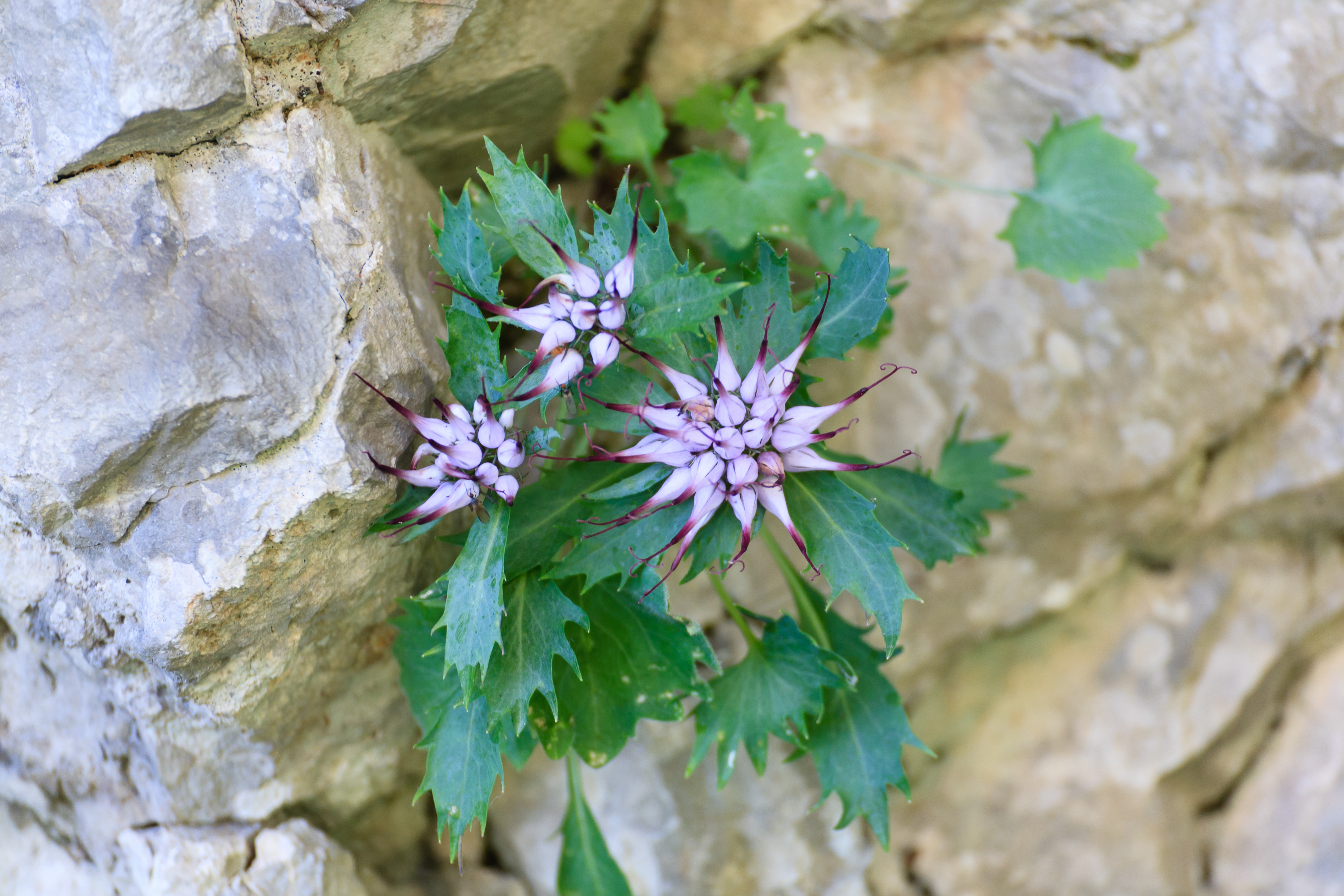Physoplexis comosa
(Physoplexis comosa)

Description
Physoplexis comosa is a species of Magnoliopsida first described by Carl von Linné, and given the simplified Asian name by Philipp Johann Ferdinand Schur. Physoplexis comosa belongs to the genus Physoplexis, and the family Campanulaceae. The IUCN classifies the species as endangered. None of these subspecies are listed. Physaria is a genus of flowering plants in the family Brassicaceae. Many species are known generally as twinpods, bladderpods, or lesquerella. They are native to the Americas, with many species endemic to western North America. They are densely hairy annual and perennial herbs often growing prostrate or decumbent, along the ground in patches or clumps. They bear inflorescences of bright yellow flowers. The fruit is often notched deeply, dividing into twin sections, giving the genus its common name.
Taxonomic tree:







